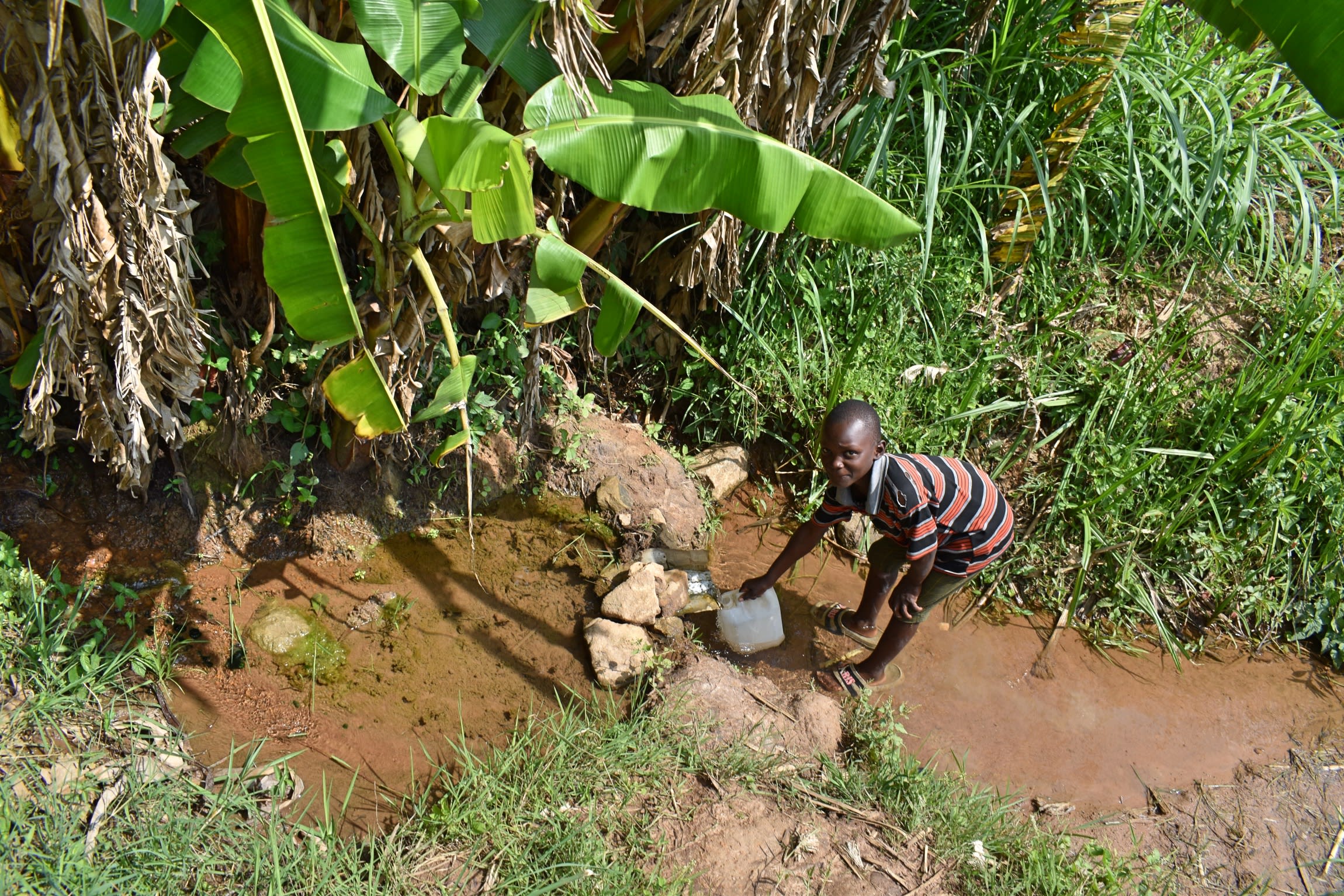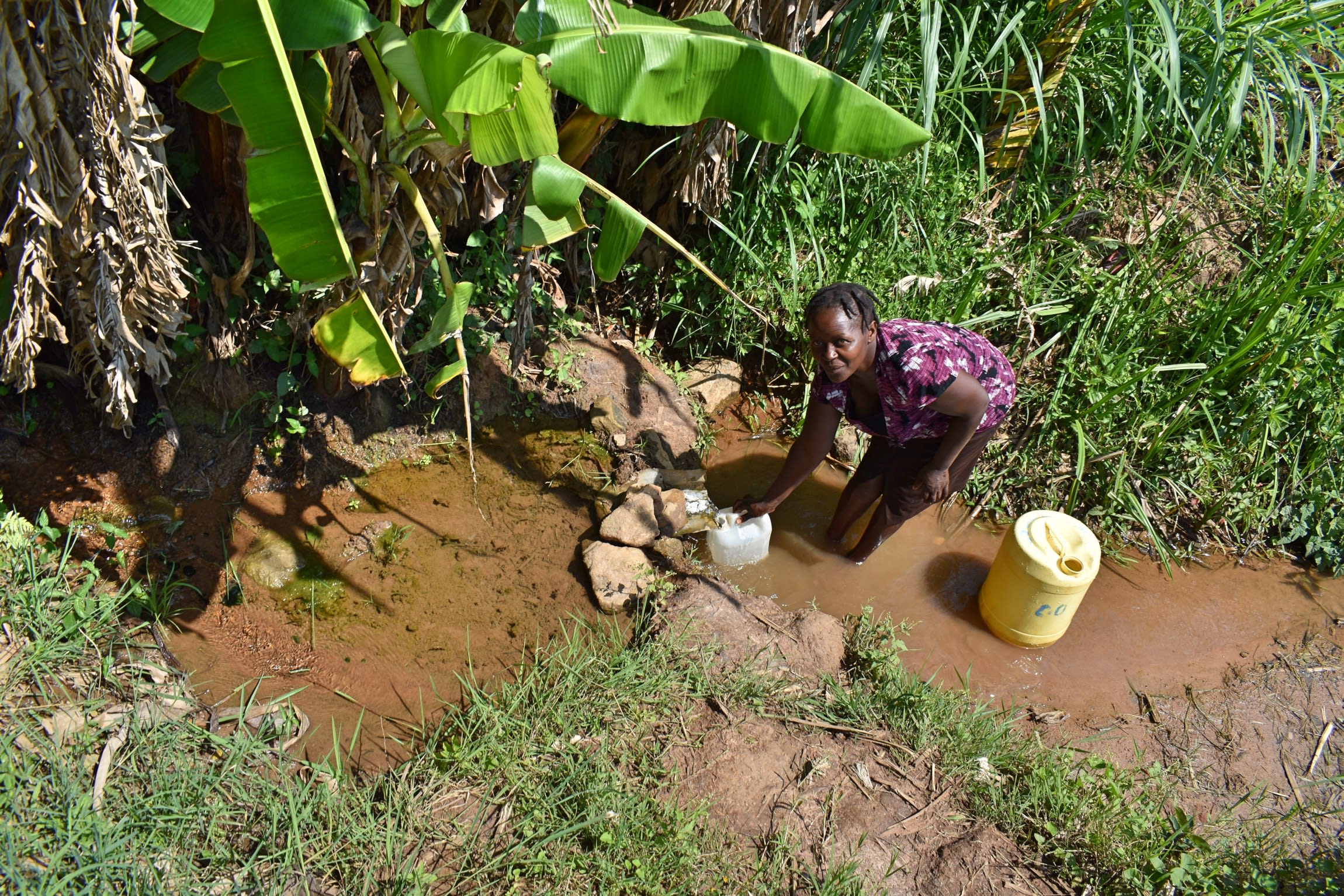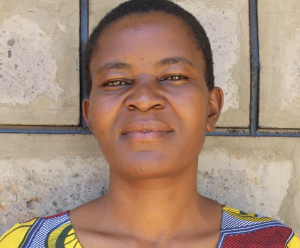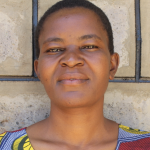The 210 people of Isanjiro Community wake up as early as 4:30 in the morning just to be among the first in the long line trying to get water to accomplish their daily tasks. At 6pm, when the school and work days are over, the process repeats again when people need more water to drink, clean, and cook their evening meals. The community members have improvised a discharge pipe to try and make water collection faster, but it isn't working.

"I personally am affected because of the queues at the spring," said 11-year-old Derrick O, pictured above fetching water. "This makes me delayed going to school. [I] am always punished and sent home, so I have dropped in my classwork."
Mukhuyu Spring is open to all forms of contamination, with no protection from human and animal waste. It is at the bottom of a hill and situated in the middle of a banana plantation, so during the rainy season runoff floods down the hill, carrying contaminants into the water and stirring it up. The water easily becomes opaque with dirt, sediment, and other unknowns.
Drinking this water has caused cases of typhoid to skyrocket in Isanjiro, as 35-year-old Salome Ongare (in the photo below) explained.

"[I] am a business lady but because of the current water situation, my business has stopped," Salome said. "As a family, we are suffering from typhoid, and it is expensive to treat the whole family. So this has affected us."
Because many community members are struggling financially after treating so many water-related illnesses, they have set up microfinance groups that dole out loans to those unable to pay school fees and business expenses. Although this has helped everyone in the short term, the problem will only disappear once water-related disease has been eradicated from Isanjiro.
"Immediately when we arrived in this community, they saw some future," said our field officer, Rose Serete. "This is because they will have clean and safe water for drinking."
What We Can Do:
Spring Protection
Protecting the spring will help provide access to cleaner and safer water and reduce the time people have to spend to fetch it. Construction will keep surface runoff and other contaminants out of the water. With the community’s high involvement in the process, there should be a good sense of responsibility and ownership for the new clean water source.
Fetching water is a task predominantly carried out by women and young girls. Protecting the spring and offering training and support will, therefore, help empower the female members of the community by freeing up more of their time and energy to engage and invest in income-generating activities and their education.
Training on Health, Hygiene, COVID-19, and More
To hold trainings during the pandemic, we work closely with both community leaders and the local government to approve small groups to attend training. We ask community leaders to invite a select yet representative group of people to attend training who will then act as ambassadors to the rest of the community to share what they learn. We also communicate our expectations of physical distancing and wearing masks for all who choose to attend.
The training will focus on improved hygiene, health, and sanitation habits in this community. We will also have a dedicated session on COVID-19 symptoms, transmission routes, and prevention best practices.
With the community’s input, we will identify key leverage points where they can alter their practices at the personal, household, and community levels to affect change. This training will help to ensure participants have the knowledge they need about healthy practices and their importance to make the most of their water point as soon as water is flowing.
Our team of facilitators will use a variety of methods to train community members. Some of these methods include participatory hygiene and sanitation transformation, asset-based community development, group discussions, handouts, and demonstrations at the spring.
One of the most important issues we plan to cover is the handling, storage, and treatment of water. Having a clean water source will be extremely helpful, but it is useless if water gets contaminated by the time it is consumed. We and the community strongly believe that all of these components will work together to improve living standards here, which will help to unlock the potential for these community members to live better, healthier lives.
We will then conduct a small series of follow-up trainings before transitioning to our regularly scheduled support visits throughout the year.
Training will result in the formation of a water user committee, elected by their peers, that will oversee the operations and maintenance of the spring. The committee will enforce proper behavior around the spring and delegate tasks that will help preserve the site, such as building a fence and digging proper drainage channels. The fence will keep out destructive animals and unwanted waste, and the drainage will keep the area’s mosquito population at a minimum.

 Protected Spring
Protected Spring
 Rehabilitation Project
Rehabilitation Project
















